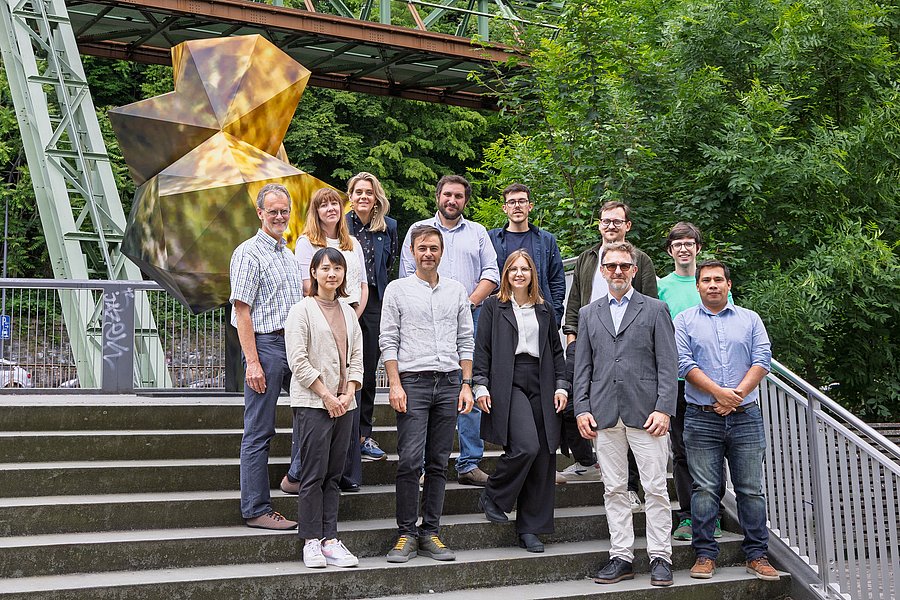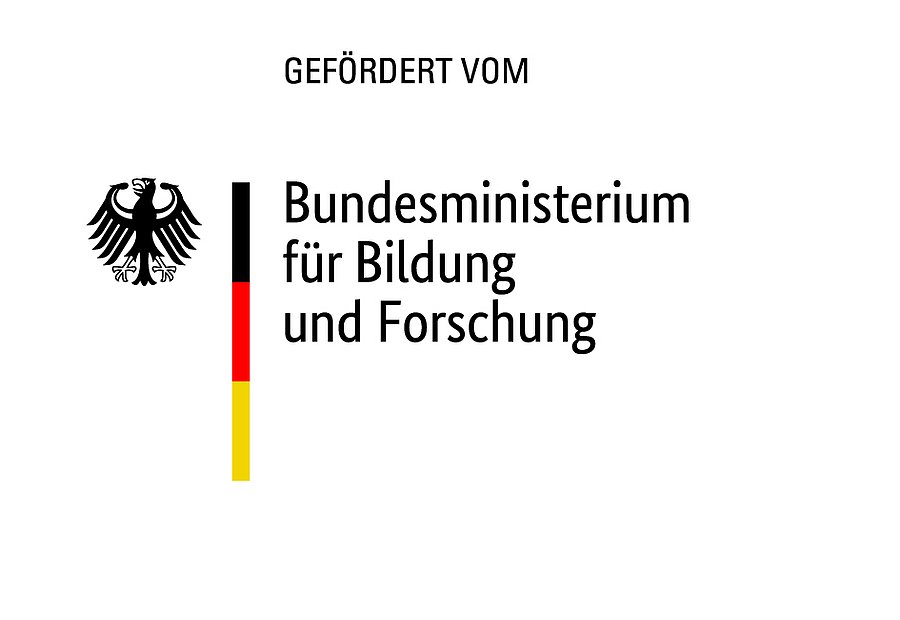International co-operation
New research project to facilitate planning of the 15-minute city

To kick off the project, the project partners met in person for the first time in Wuppertal in June. After an initial digital kick-off in February, it quickly became clear that a face-to-face meeting was important for a common understanding of key concepts and objectives // Florian Groß
The idea behind the 15-minute city: everyone should have access to important facilities such as supermarkets, pharmacies, daycare centres and leisure facilities in their immediate vicinity without having to rely on their car. This should make life in the city more liveable, reduce CO₂ emissions and shorten journeys.
But with more local amenities in the neighbourhood, the number of deliveries also increases, whether for shops or directly to households. So far, little is known about the extent to which this so-called freight transport demand is increasing in such 15-minute neighbourhoods, how it is made up and how it can be dealt with in terms of urban and transport planning. This is precisely where the POTUS research project, led by the Department of Freight Transport Planning and Transport Logistics at the University of Wuppertal, comes in.
The aims of the project are
- To find out how much and where freight traffic is increasing in 15-minute cities,
- recognise which characteristics of a neighbourhood - e.g. many young people - are particularly relevant for freight transport demand,
- develop concrete recommendations on how cities can better manage this freight transport and organise it sustainably.
A particular focus is on collecting data on inner-city freight transport, as this has often been lacking to date. Project team member Marian Schlott explains: "There are considerable data gaps regarding real usage patterns of inner-city freight transport in cities, which support the targeted selection, impact prediction and evaluation of transport planning measures." When developing concepts, extensive surveys must always be carried out in order to obtain a reliable picture of the problem situations and the ability to influence freight transport (supply and disposal). Official transport statistics and selective surveys are often not sufficient.
A central question that the project is therefore also investigating is how data can be transferred within Europe and what uniform (European) standards would look like in order to collect data on urban freight transport. For example, could data from France, which is collected there on a regular basis, also be used to answer questions in German cities?
The project is being funded with around 1.4 million euros as part of the European "Driving Urban Transitions (DUT)" programme, financed by EU funds and national research budgets from the Federal Ministry of Education and Research (BMBF). The research team includes partners such as TU Wien (Austria), Chalmers University of Technology (Sweden), Università Roma Tre (Italy), the French ENTPE (affiliated institute of the University of Lyon) and other institutions from science and practice. Cities such as Düsseldorf and Wiesbaden are also supporting the project. The University of Wuppertal is contributing its expertise in using methods from urban and transport planning to control logistics processes in cities and improve them with the help of data.

